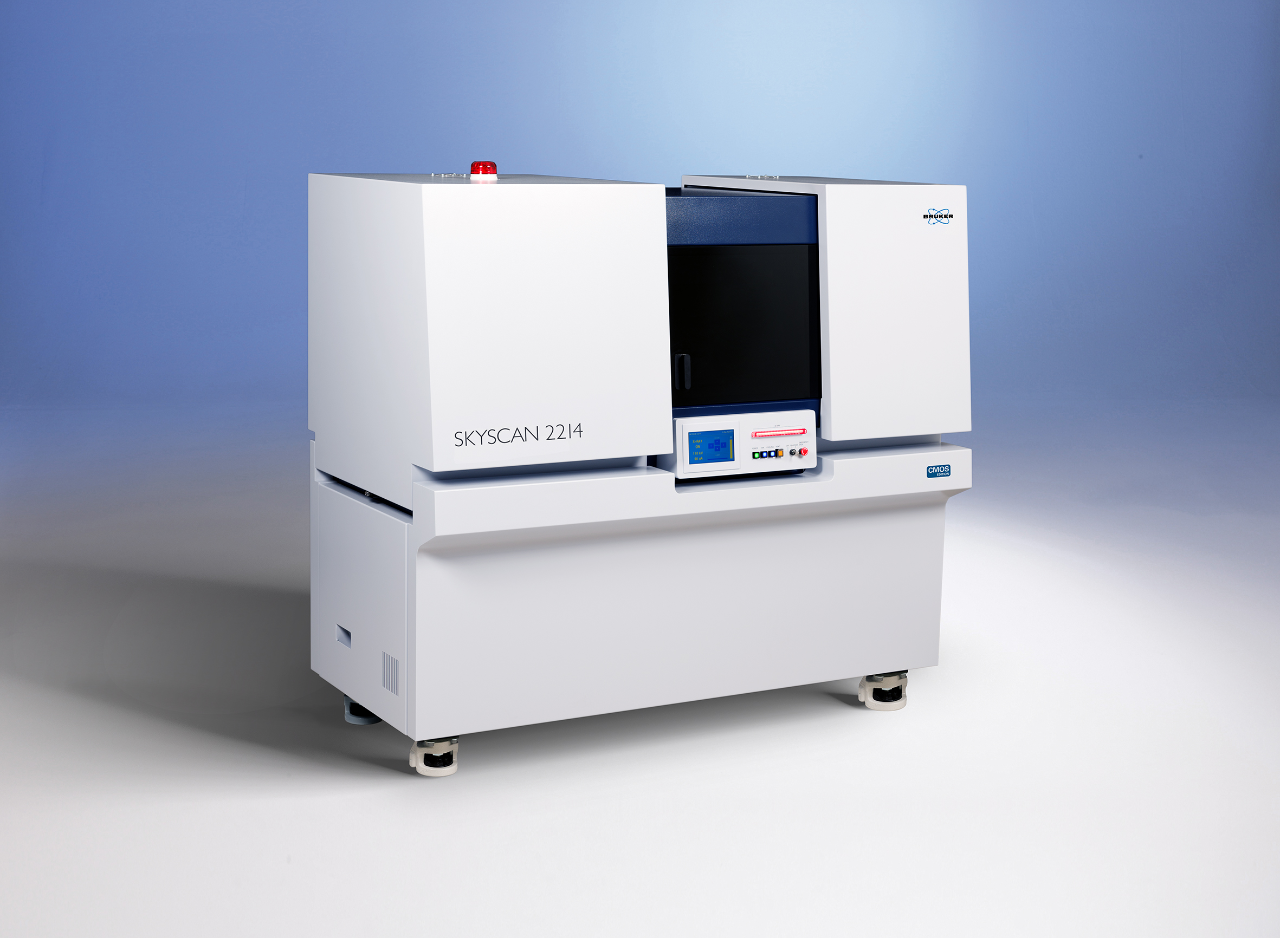The importance of non-destructive imaging in zoology and botany
microCT is most commonly used to provide 3D images of non-mineralized tissue, whilst preserving the internal structures of animals and plants.
Zoology involves the study of the animal kingdom, including at the population level and behavioural level, as well as the study of whole animals and their constituent parts. The study of animal mophology and anatomy requires precise visualization techniques that can generate images of 3D internal and external structures, but there are few widely used methods for the non-destructive imaging of animal tissues.
X-ray computed microtomography (microCT) is a miniaturized form of computed tomography developed over recent decades that is most widely applied in the study of bone. However, it is also a powerful tool for the production of 3-D quantitative images of non-mineralized tissue and can be used to study the architecture of vertebrates and invertebrate animals found in both aquatic environments and on the land. The breadth of microCT applications is wide, with the technique enabling high-resolution, high-contrast volume and section imaging of animal soft tissues, down to constituents as small as a single blood cell or individual muscle fiber.
MicroCT can also be applied in the field of botany and is now an established tool for the non-destructive and accurate 3-D imaging and quantification of the internal structures of plants. The technique has been used to generate virtual 3D reconstructions of flowers for analysis of their geometric morphometry. MicroCT imaging of flowers does not require sample pre-treatment and any flower stored in 70% ethanol can be studied using this technique. Certain scanners such as Bruker’s SkyScan 1275 have been used to capture images of relatively low density, fine botanic materials such as a rose leaf.
High-resolution microCT systems in Bruker’s SkyScan range represent a fascinating and powerful tool that can be applied in the fields of zoology and botany to provide in-depth 3D reconstructions of animal and plant architecture with scans that only take minutes or hours.
Support
Service and Life Cycle Support
Bruker’s commitment to provide customers with unparalleled help throughout the buying cycle, from initial inquiry to evaluation, installation, and the lifetime of the instrument is now characterized by the LabScape service concept.
LabScape Maintenance Agreements, On-Site On-Demand and Enhance Your Lab are designed to offer a new approach to maintenance and service for the modern laboratory
